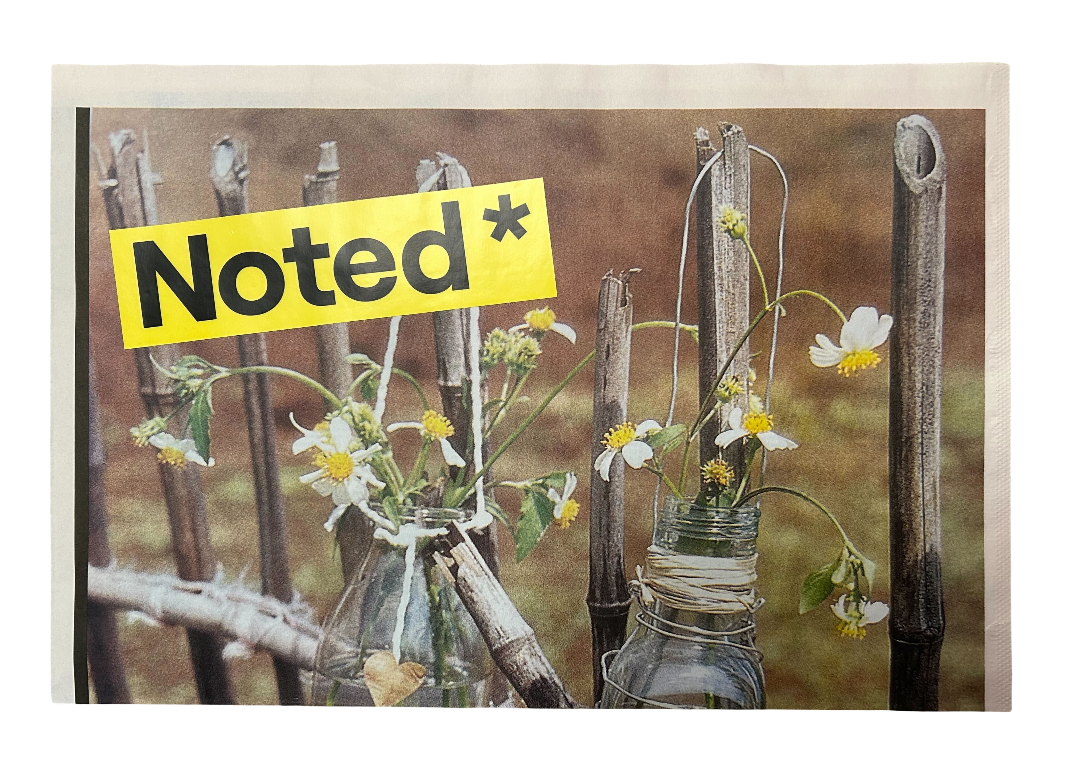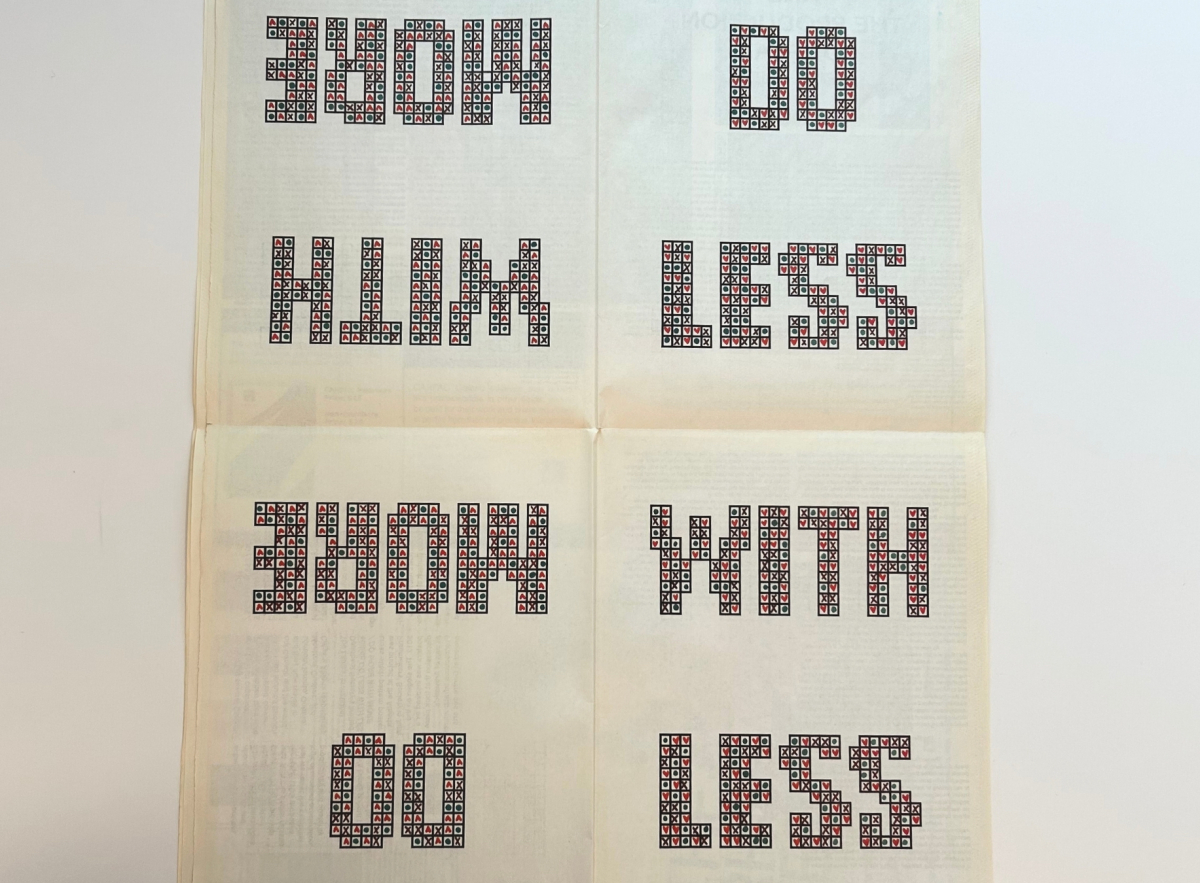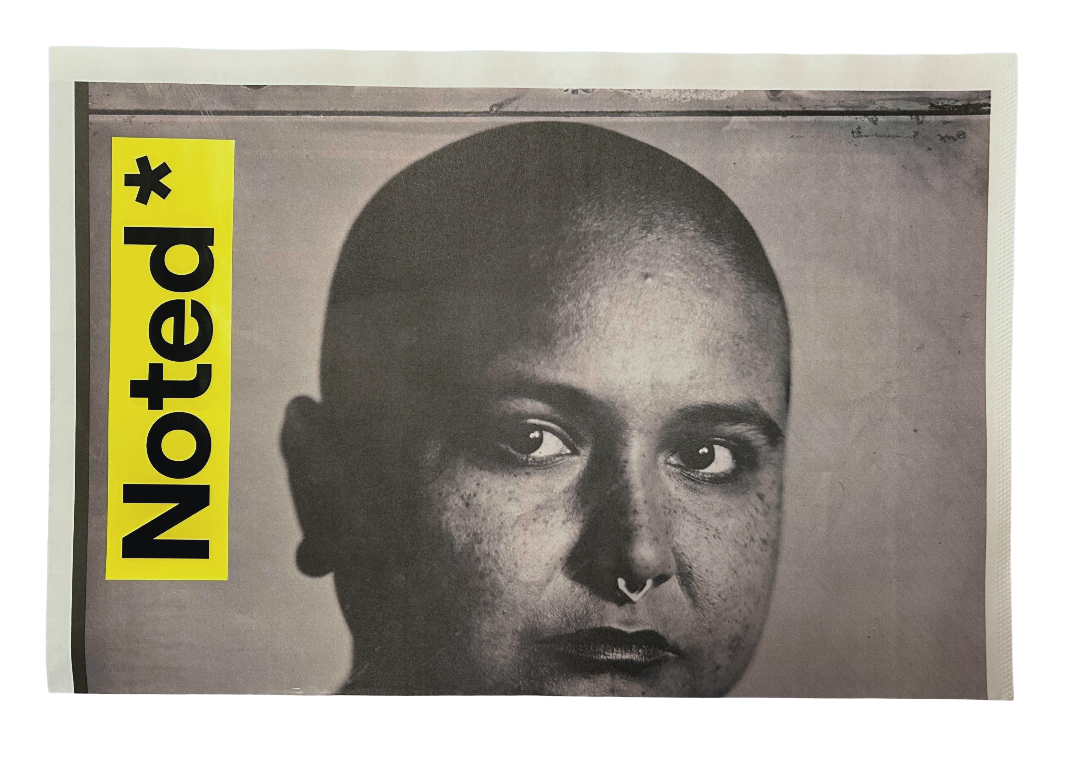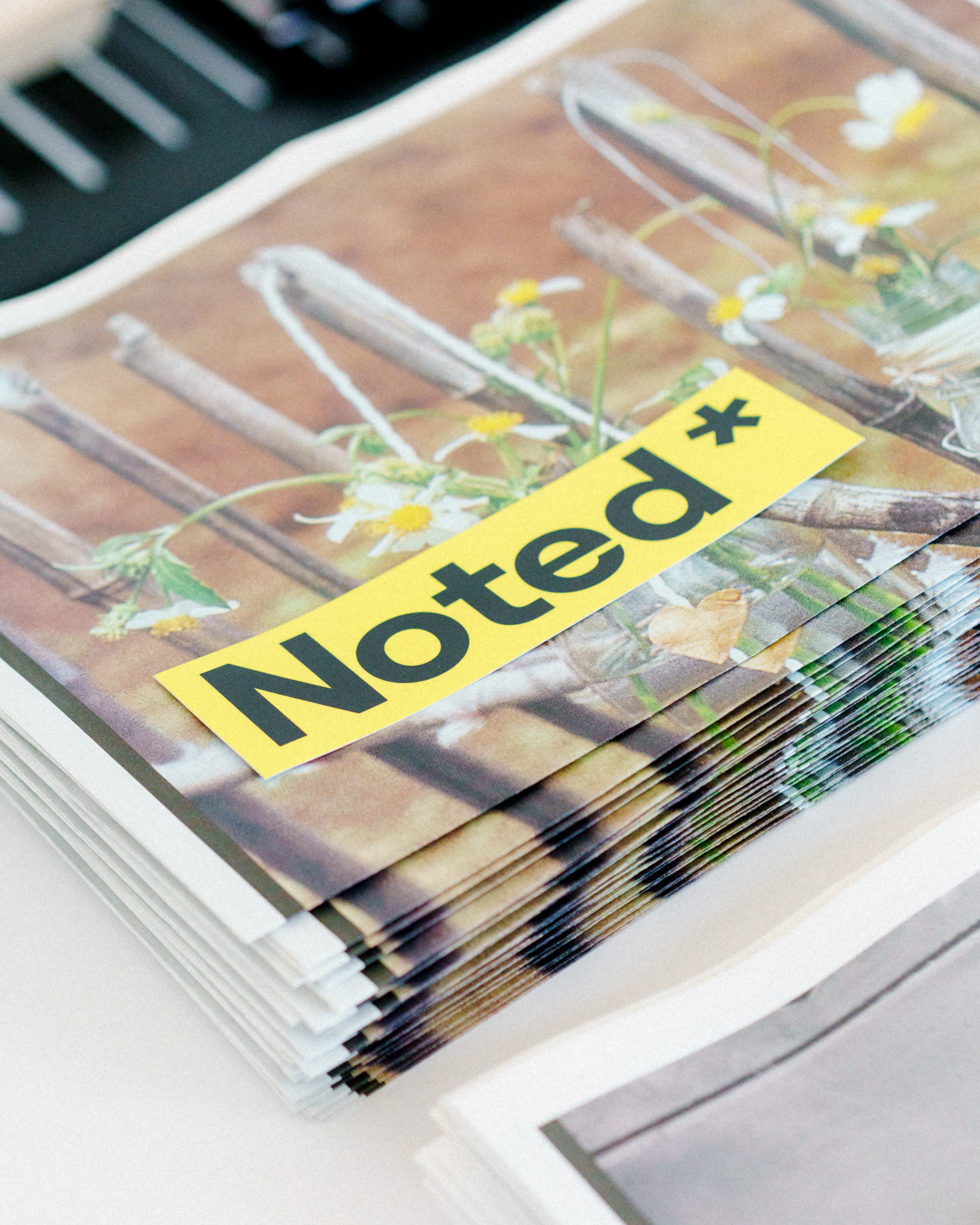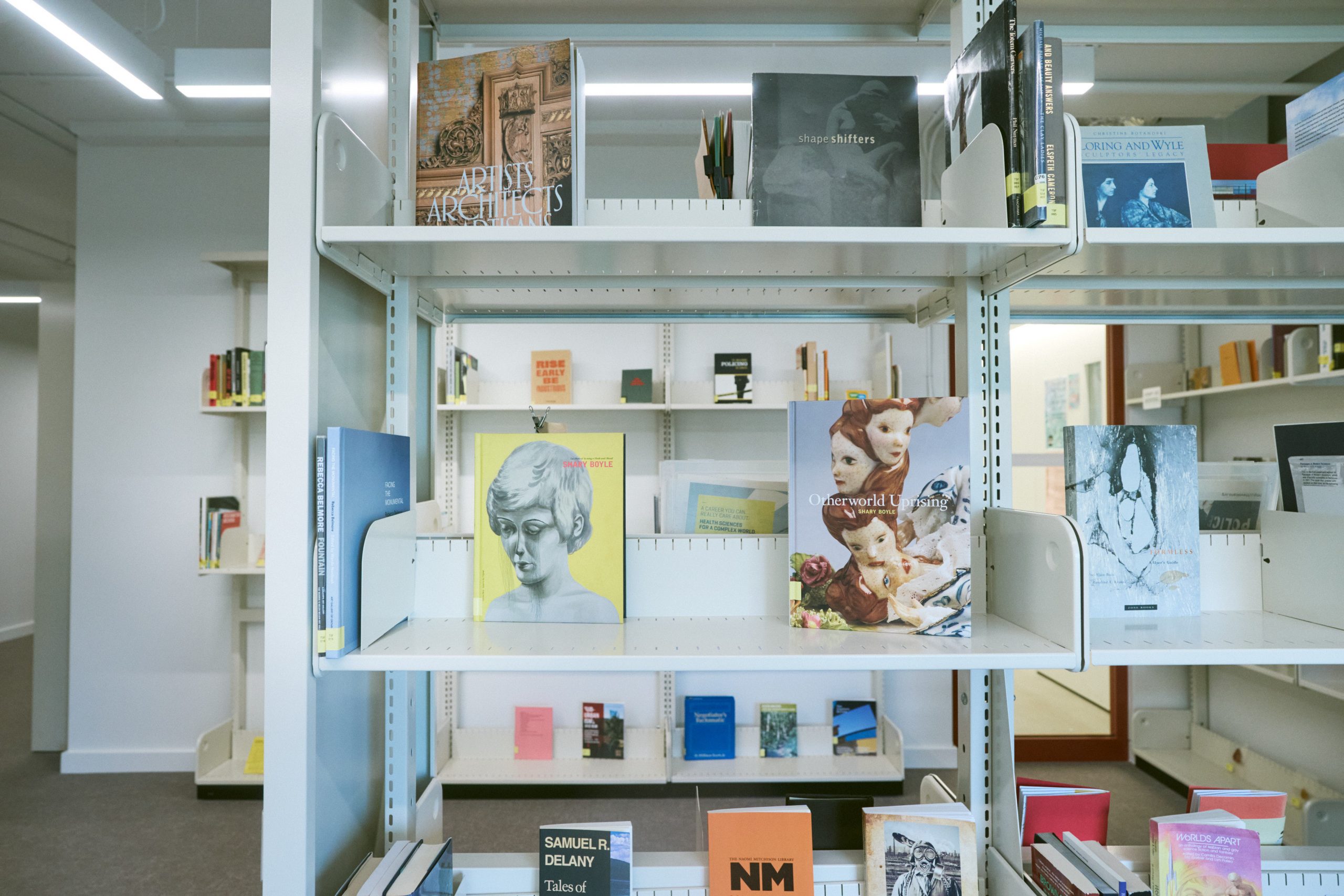Monday, August 25, 2:35 pm
On vacation. I go to the beach and lie down on the sand, while above me two seagulls exchange blows with their wings. Words running over the backs of my eyelids; trying, and failing, to let each project go. What is “artistic labour” if not a private pact made with the self—to be in a braided state of crisis, invention, and reinvention. I agreed to this sometime in my early twenties, and now, in my mid-thirties, I am writing even when I am not writing. I am “working” when I am not supposed to be working—even if I rarely define it as such. My creative and waged labour ripple and wave; I seek to preserve these compartments even while I enjoy the privilege of their intermingling. I do not know whether this makes me a “writer” or a “worker” or an “art worker.” I have painted gallery walls. I have written things for cheap or out of love or curiosity. I have studied and I have organized. I have thought a great deal about time and money. Imagine: the sleepless writer/worker, temporarily retreating from view not to relieve herself of work, but to recuperate herself in the service of a new idea. Is she rich? Or is she foolish? Does she give her creativity too freely? “Time is money,” a respected writer once told me, and recalling this, I shudder.
Tuesday, August 26, 10:05 pm
I spin my wheels more than I should. I was supposed to submit this text weeks ago, and likely could have, were it not for my two other jobs. Instead, I now find myself writing into my phone in the darkness of a camping tent after the other members of my family have long fallen asleep: a lone candle pushing against time. I know I should rest, but fear that the false performance of rest or leisure would be no better than my self-exploitation. How do I “do less”¹ to save my body-brain-heart-soul without relinquishing agency, possibility, opportunity, verve? How do I “do less” without merely optimizing my activities to be an even better performer?²
Wednesday, August 27, 8:10 am
I turn the newsprint pages over and around in my mind. The final issue of Fuse is a mere twelve pages long—six double-sided, folded sheets—“a pared-down issue of the magazine, with modest materials to match the modest resources [available] to produce it.”³ I consider everything and everyone it takes to transform an idea into a real, counter-capital object in the world, everything and everyone it takes to sustain that effort. The project space, the film series, the poetry reading, the community supper, the mutual aid network, the artists’ magazine . . . These are not merely exercises designed to exhaust ourselves. This is the total material of our care.
Thursday, August 28, 10:48 am
In my diary I chart the mental movements between working and not working, hours resting and hours creating, and consider the powerful protections these boundaries grant me even at the cost of rendering all my activities chore-like. I vow to materialize just one good email each day, convening a meeting schedule with myself, redeeming some romance to the project of working up to, but not beyond, one’s material limits. I vow to become more “tactically lazy,” more “craftily collaborative,” more consciously “over-performing.”⁴ To think both inside and apart from the material conditions that plague this labour in order to slowly but relentlessly explode it by sheer cunning and persistence. Artists have always recognized the need for craft in these moments of urgent self-preservation: the need to listen to and work with the raw materials. I spend the morning writing, and then, suddenly: I erase everything I have written and make a daisy chain.
Friday, August 29, 5:44 am
The total matter, visible or invisible, from which a thing is or can be made. Facts, information, ideas, ghosts, songs, manifestos, diary entries, blueprints, smoke signals, sweat notations, movements, protests . . . Important; essential; relevant.⁵ Artistic production and its weaving into “cultural capital,” states of privilege, accumulation, non-urgent accessory. Artistic production and its interrelationships with living, voicing, urgent alternatives, collectivity. I think about the ways in which we are incessantly pressurized to perform new and novel states of precarity. This is a rehearsal for a more advanced form of refusal: one that demands material support in exchange for our ingenuity. I watch as, in the span of my thinking this, a child’s plastic shovel gets picked up and carried away on a wave.
Friday, August 30, 1:25 pm
Life into art and force and feeling. Art-making and art-working as an invitation to keep doing, living, gathering, relating; to “do more with more” and “less with less”⁶ until we become louder or else disappear (together).
Saturday, August 31, 4:50 pm
Imagine: a library of books, objects, and artworks that not only documents our survival, but also cultivates materials related to our flourishing. Imperfect and alive. Trembling and impatient. Almost, but never fully, disintegrating.
¹ The title of the final issue of Fuse Magazine, Issue 37-1, published in Winter 2013-14. The magazine ran for thirty-eight years before announcing its closure in this issue.
² This question of performativity and optimization owes its thinking to Jan Verwoert’s essay “Exhaustion and Exuberance: Ways to Defy the Pressure to Perform,” Tell Me What You Want, What You Really, Really Want (Rotterdam: Piet Zwart Institute and Berlin: Sternberg Press), 2010.
³ Gina Badger, “Editorial,” Fuse Magazine 37-1, DO LESS, Winter 2013-14.
⁴ The Ladies’ Invitational Deadbeat Society defines its activities as “mak[ing] visible and politiciz[ing] women’s roles in the (arts) economy through tactical laziness, crafty collaboration, over-performance, and wild hilarity.” LIDS’s members include Anthea Black, Nicole Burisch, and Wednesday Lupypciw, all artists who “have held positions as maids, waitresses, professors, homeopathic practitioners, and board and staff of several Canadian artist-run organizations.” From Fuse Magazine 37-1, DO LESS, Winter 2013-14.
⁵ In the Oxford English Dictionary, material is defined as: “1. The matter from which a thing is or can be made. 2. Facts, information, or ideas for use in creating a book or other work. 3. Cloth or fabric. 4. Denoting or consisting of physical objects rather than the mind or spirit. 5. Important; essential; relevant.”
⁶ In response to the cliché demand to “do more with less,” the Ladies’ Invitational Deadbeat Society’s limited-edition cross-stitch-pattern poster reads cheekily: “DO MORE WITH MORE / DO LESS WITH LESS.” From Fuse Magazine 37-1, DO LESS, Winter 2013-14.
